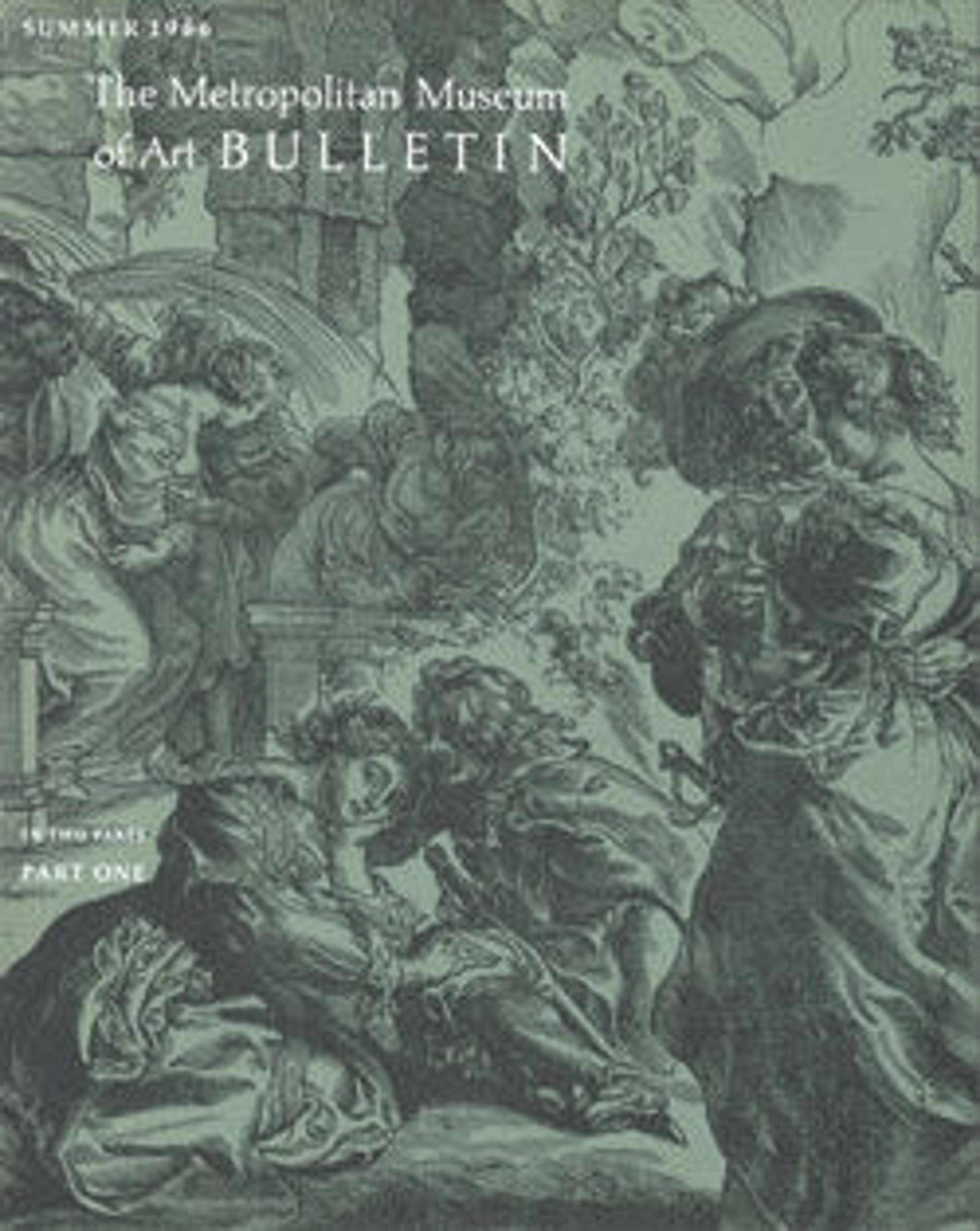Lunardi in His Basket Ready to Ascend
Kay here portrays the Italian balloonist Lunardi, who arrived in Britain in September 1784, intent on promoting a dangerous new form of aviation. With an English friend, George Biggin, they planned, and Lunardi then successfully executed, the first hydrogen balloon ascent in Britain. This took place from London to Standon Green End, a distance of twenty-four miles, on September 15. A year later, Lunardi, Biggin and guests made morel flights from London and Liverpool, then headed north to Scotland. On October 5, 1785 Lunardi ascended from George Heriot's School in Edinburgh and landed forty-six miles away at Coaltown of Callange in the parish of Ceres, Fife. Four more Scottish flights followed, departing from both Edinburgh and Glasgow, with one on December 20, 1785 ending with a disastrous crash into the North Sea and a lucky rescue by a passing fishing boat.
Lunardi's Grand Balloon, constructed of green, pink and yellow silk, was exhibited at St. Mungo's Cathedral in Glasgow and inspired women to decorate skirts and bonnets with related motifs.
Kay portrays "The Daredevil Aeronaut" sporting a well-cut military uniform and carrying a flag that looks at once Scottish and British. Standing in a basket beneath his inflated balloon, Lunardi looks right, as though anticipating his next adventure. His courage was admired by contemporaries, and described by "The Scots Magazine" in October 1785:
"The beauty and grandeur of the spectacle could only be exceeded by the cool, intrepid manner in which the adventurer conducted himself; and indeed he seemed infinitely more at ease than the greater part of his spectators."
It is worth noting that a Scot named James Tytler was actually the first person in Britain to make a balloon flight, ascending from Edinburgh on August 27, 1784, about a month before Lunardi's London demonstration. But Tytler lacked Lunardi's glamor and gift for self-promotion, and his precedence soon passed from the public mind.
Lunardi's Grand Balloon, constructed of green, pink and yellow silk, was exhibited at St. Mungo's Cathedral in Glasgow and inspired women to decorate skirts and bonnets with related motifs.
Kay portrays "The Daredevil Aeronaut" sporting a well-cut military uniform and carrying a flag that looks at once Scottish and British. Standing in a basket beneath his inflated balloon, Lunardi looks right, as though anticipating his next adventure. His courage was admired by contemporaries, and described by "The Scots Magazine" in October 1785:
"The beauty and grandeur of the spectacle could only be exceeded by the cool, intrepid manner in which the adventurer conducted himself; and indeed he seemed infinitely more at ease than the greater part of his spectators."
It is worth noting that a Scot named James Tytler was actually the first person in Britain to make a balloon flight, ascending from Edinburgh on August 27, 1784, about a month before Lunardi's London demonstration. But Tytler lacked Lunardi's glamor and gift for self-promotion, and his precedence soon passed from the public mind.
Artwork Details
- Title: Lunardi in His Basket Ready to Ascend
- Artist: John Kay (British, Dalkeith, Scotland 1742–1826 Edinburgh)
- Subject: Vincent Lunardi (Italian, Lucca 1759–1806 Lisbon)
- Date: 1785
- Medium: Etching and aquatint
- Dimensions: sheet: 4 1/2 x 3 7/8 in. (11.5 x 9.9 cm)
- Classification: Prints
- Credit Line: Harris Brisbane Dick Fund, 1917
- Object Number: 17.3.888-42
- Curatorial Department: Drawings and Prints
More Artwork
Research Resources
The Met provides unparalleled resources for research and welcomes an international community of students and scholars. The Met's Open Access API is where creators and researchers can connect to the The Met collection. Open Access data and public domain images are available for unrestricted commercial and noncommercial use without permission or fee.
To request images under copyright and other restrictions, please use this Image Request form.
Feedback
We continue to research and examine historical and cultural context for objects in The Met collection. If you have comments or questions about this object record, please contact us using the form below. The Museum looks forward to receiving your comments.
